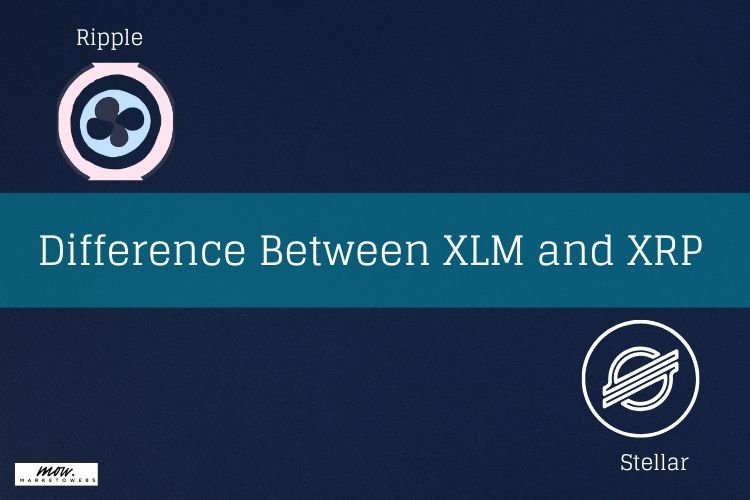
Navigating the world of cryptocurrency can feel like learning a new language, especially with the abundance of unique slang and jargon. From “HODL” to “DYOR,” the crypto community has developed its own terminology to communicate quickly and capture the excitement—and risk—of this fast-paced space. In this guide, we’ll break down the most popular crypto slang terms you need to know, so you can keep up with the conversations, understand market trends, and make informed decisions as you dive into the world of digital assets.
Popular Crypto Slang Terms
Cryptocurrency communities have developed their own unique language to describe various aspects of trading, investing, and the market. Understanding these terms can help newcomers navigate the often-complex world of crypto. Here’s a concise glossary of some widely used crypto slang terms:
1. HODL: A misspelling of hold, this term encourages investors to keep their cryptocurrency instead of selling during market dips. It has become a mantra for long-term holders who believe in the value of their assets despite volatility.
2. BTFD (Buy the Fing Dip): A call to action for investors to purchase more cryptocurrency when prices drop, capitalizing on lower prices to increase holdings.
3. FOMO (Fear of Missing Out): Describes the anxiety that traders feel when they see others profiting from a particular coin or token, leading them to make impulsive decisions.
4. DYOR (Do Your Own Research): A reminder that investors should thoroughly investigate and analyze a project before investing, rather than relying solely on others’ opinions.
5. Whale: Refers to an individual or entity holding a large amount of cryptocurrency, capable of influencing market prices due to the size of their trades.
6. Pump and Dump: A scheme where a group artificially inflates a coin’s price (pump) and then sells off their holdings at a profit, leaving others with losses.
7. Bagholder: A “bagholder” refers to an investor holding onto a declining cryptocurrency, often hoping for a recovery. The term paints a picture of someone left holding “bags” of worthless or underperforming assets. Bagholders may cling to these assets due to emotional attachment, optimism for a price rebound, or reluctance to realize a loss.
8. Ape: In the crypto world, “ape” describes impulsively buying into a cryptocurrency or NFT without much research or planning. Often fueled by FOMO (fear of missing out), aping in means diving headfirst into an investment when a new asset or project is gaining hype. While it can lead to quick gains, it also carries the risk of significant losses if the investment turns out to be unwise.
9. Altcoin: Any cryptocurrency other than Bitcoin. This term encompasses thousands of alternative coins in the market.
10. FUD (Fear, Uncertainty, Doubt): Negative information spread to create panic and drive down the price of a cryptocurrency.
11. Mooning: Refers to the rapid price increase of a cryptocurrency, implying its value is going to the moon.
12. REKT: A term derived from wrecked, describing substantial financial losses due to poor investment decisions.
13. Shill: Promoting a cryptocurrency aggressively, often for personal gain, without disclosing potential risks.
14. No-Coiner: A person who does not own any cryptocurrency and may be skeptical or dismissive of its value.
15. Tokenomics: The economic model and structure behind a cryptocurrency, including supply, distribution, and utility.
16. Airdrop: Free distribution of cryptocurrency tokens to holders or as part of a promotional campaign.
17. Private Key/Public Key: Secret and shareable cryptographic keys used for wallet access and transactions
18. PoW/PoS: Proof-of-Work and Proof-of-Stake, two consensus mechanisms for validating transactions and securing blockchain networks.
19. Oracle: A service that connects blockchain networks to real-world data, enabling smart contract execution.
20. Halving: An event where mining rewards are reduced by half, influencing supply dynamics in networks like Bitcoin.
21. Gas: A fee required to perform transactions or execute smart contracts on blockchains like Ethereum.
22. 10X/100X: Slang for a significant return on investment, indicating assets multiplying 10 or 100 times.
23. Jeet: A derogatory term for investors who sell assets prematurely during market volatility.
24. Layer 2: A secondary protocol to improve blockchain scalability and efficiency.
25. Liquidity: The ease of buying or selling assets without affecting their market price.
26. Node: A device or computer connected to a blockchain network, maintaining a ledger copy. These terms form the foundation of crypto communication, reflecting both the culture and technical aspects of blockchain. Let me know if you need further details or examples for any specific term!
By familiarizing yourself with these terms, you’ll not only understand the lingo but also gain insight into market sentiment and community discussions. For a deeper dive into crypto slang, explore detailed guides on.
Final Thought
Understanding crypto slang is essential for anyone navigating the fast-paced and often confusing world of digital currencies. These terms—like HODL, FOMO, and DYOR—are more than just jargon; they reflect the unique culture and mindset of the crypto community. Familiarity with these expressions not only helps in decoding discussions and market trends but also empowers individuals to make informed decisions. As you deepen your crypto knowledge, these terms will become second nature, giving you the confidence to engage and thrive in the crypto space.



